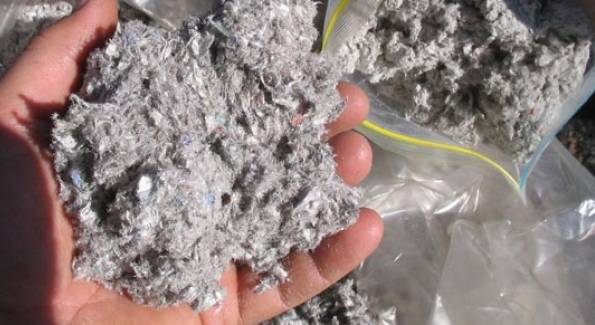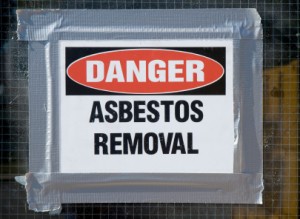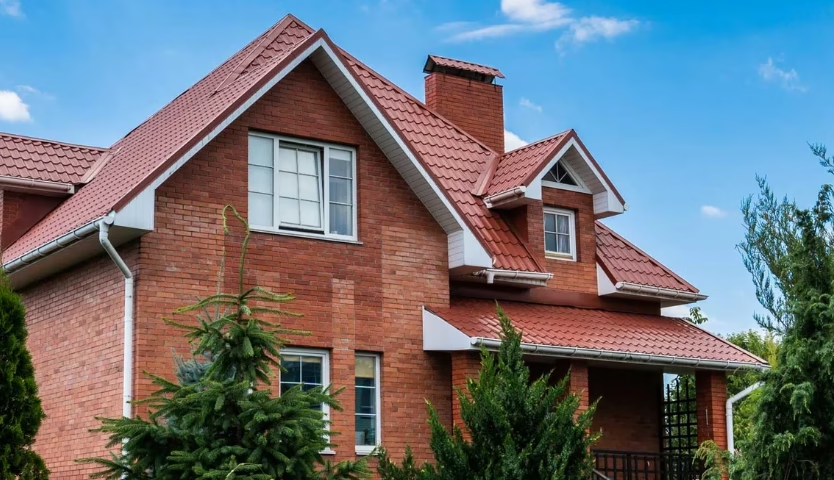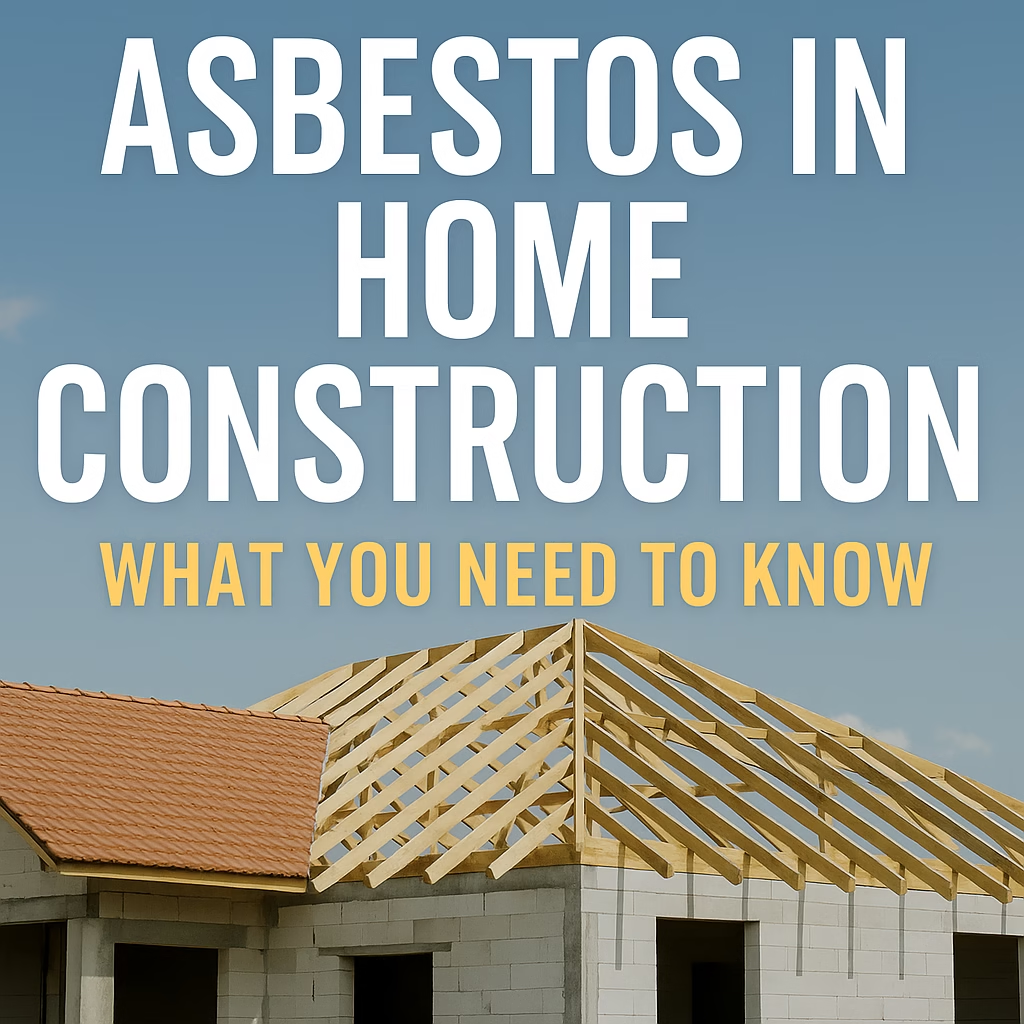With asbestos back in the news, it’s a timely reminder of the issue of loose fill asbestos insulation in residential properties. The term itself, “loose fill” combined with the dreaded “asbestos” is very concerning not only for health reasons for occupants but also from a financial perspective for property owners. Whilst the risk of harm is statistically minor it is natural and prudent to be concerned. As with everything we should be guided by facts which aren’t always easy to find. This week we’ve done a quick media review to guide you to what we think are the most pertinent and reliable sources.
What is Loose Fill Asbestos?
Friable or loose fill asbestos products are generally quite loose and, when dry, can be crumbled into fine material or dust with very light pressure, such as crushing with your hand. These products usually contain high levels of asbestos (up to 100% in some cases), which is loosely held in the product so that the asbestos fibres are easily released into the air. They were sometimes used as sprayed insulation in residential property built before 1990. Source: Asbestos Visctoria
Where was it installed?

Example of loose fill asbestos used as insulation.
Image suppied by Queenbeyanage.
Throughout the 1960s and 1970s, pure loose-fill asbestos was sold as ceiling insulation for residential and commercial premises. A Canberra based company known as ‘Mr Fluffy’ installed insulation in around 1,000 houses in the Australian Capital Territory (ACT) and is also understood to have installed insulation into homes in New South Wales (NSW). This insulation is particularly problematic because it is raw asbestos which is easy to disturb and fibres can be inhaled.
What are the health risks of Loose Fill Asbestos?
Asbestos becomes a potential risk to health if fibres are suspended in air and breathed into the lungs. Breathing asbestos fibres into the lungs can cause a range of diseases, including mesothelioma, lung cancer and asbestosis.
We are all exposed to low levels of asbestos in the air we breathe every day. Ambient or background air usually contains between 10 and 200 fibres every 1,000 litres (or cubic metre) of air. Whether a person goes on to develop an asbestos-related disease depends on a range of circumstances or exposure factors; for example, the level and duration of exposure, length of time since first exposure, the fibre type, and concurrent exposure to tobacco smoke and other carcinogens.
A very small number of asbestos-related disease cases occur each year in people who have not worked with asbestos products. The low number of cases makes it difficult to determine the exact cause of the disease or which exposure to asbestos was the contributing factor. Sources: Asbestos Health Facts & ACT Asbestos Task Force.
What are my responsibilities as a property owner?
In late 2015, in NSW, the Home Building Act 1989 was amended to include a loose-fill asbestos insulation register, whereby if a property tests positive to loose-fill asbestos insulation, it would be listed on the public register. Before this register can become operational however, changes are required to the Home Building Regulation 2014, the Residential Tenancies Regulation 2010 and the Environmental Planning and Assessment Regulation 2000. Details of these changes are listed below.
- The proposed changes to the Home Building Regulation 2014 deal with the testing to identify loose-fill asbestos insulation. This determines which properties should be listed on the register and any warning sign requirements for homeowners or sellers.
- On the Residential Tenancies Regulation 2010, if a property is on the loose-fill asbestos insulation register, this must be disclosed to prospective tenants, and a new term must be added to the standard tenancy agreement regarding this.
- The Environmental Planning and Assessment Regulation 2000 is being amended to show that section 149 planning certificates must disclose if a property is listed on the loose-fill asbestos insulation register.
Source: NSW Regulations
Where can I get reliable information about Loose Fill Asbestos?
Whilst the issue of loose fill asbestos insulation is primarily an issue in the ACT and NSW it is not exclusive to these areas. If you are concerned about loose fill asbestos or any material in your property a good point to start is the Federal Government’s information service – try these links:
- Asbestos safety article from the Australian Federal Governement
- Loose fill asbestos insulation information for tenants and home owners (Fair Trading NSW)







